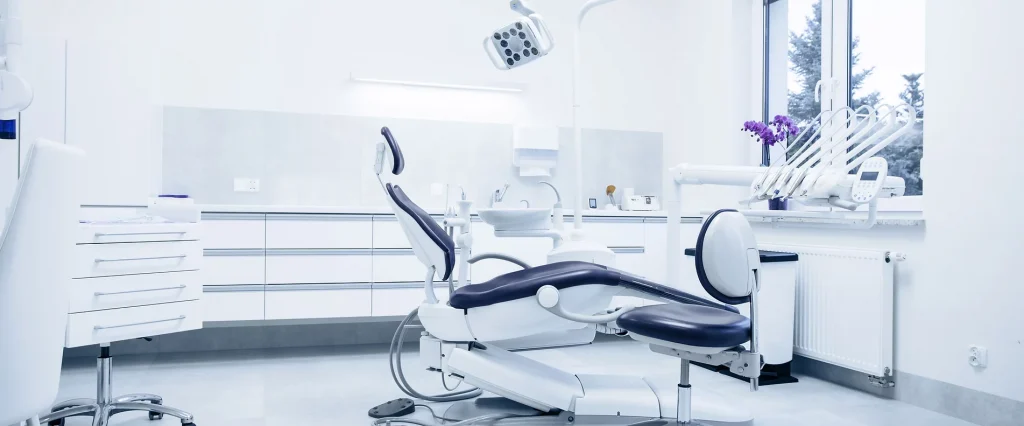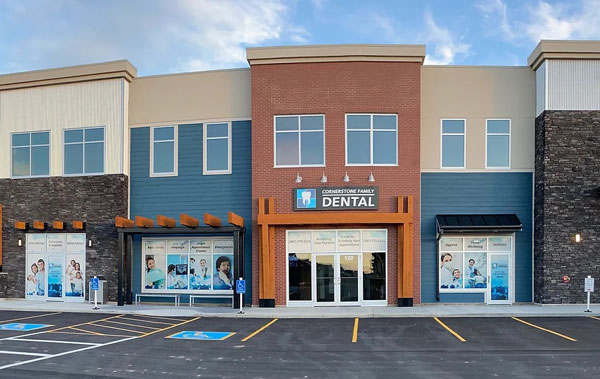
Dental Terms
Detailed info on the most common dental procedures, including braces, bleaching, bridges, dentures, dental implants, fillings, root canal.
- Dental Dictionary
- Dental Procedures
- Dental Dental Health Information
Prevention and Conditions
Maintaining proper dental health remains important because it not only benefits your dental health, but can also influence your overall health and quality of life. Dental disease is largely preventable.
Smoking and Vaping
FAQs
Do I really have to go to the dentist every six months? Do I need x-rays at each visit?
How often you go for a dental exams depends on your oral health needs. The goal is to catch small problems early. For many people, this means a dental exam every six months. Your dentist may suggest that you visit more or less often depending on how well you care for your teeth and gums, problems you have that need to be checked or treated, how fast tartar builds up on your teeth, and so on. Ask yourself the following questions:
- Do I floss every day?
- Do I brush twice a day with a fluoride toothpaste and follow my dentist's instructions on how to brush properly?
- Do I eat a well-balanced diet and limit sweets and sticky foods?
- Do I smoke?
- Do I have a history of cavities or gum disease?
- Is my overall health good?
The answers to these questions are all factors that affect your oral health. They will help you and your dentist decide how often you need to visit for dental exams. It’s worth noting that you should not determine your need for dental care on what your dental plan covers.
Do I need x-rays at each visit?
How often you need to have x-rays also depends on your oral health. A healthy adult who has not had cavities or other problems for a couple of years probably won’t need x-rays at every appointment. If your dental situation is less stable and your dentist is monitoring your progress, you may require more frequent x-rays.
If you are not sure why a particular x-ray is being taken, ask your dentist. Remember that dental x-rays deliver very little radiation; they are a vital tool for your dentist to ensure that small problems don’t develop into bigger ones.
When should I take my child to the dentist for the first time?
It’s important to get an early start on dental care, so that your child will learn that visiting the dentist is a regular part of health care. The first step is to choose a dentist for your child.
It may be your own dentist or one who specializes in treating children (called a pediatric dentist). Once you have selected a dentist, call the office to find out at what age he or she prefers to see child patients for the first time. CDA encourages the assessment of infants, by a dentist, within 6 months of the eruption of the first tooth or by one year of age.
It’s important to make the first visit a positive experience for your child – one reason why it’s best to visit before a problem develops. If you think there is a problem, however, take your child to the dentist right away, no matter what age.
If you are a nervous dental patient, ask your spouse or another family member to take the child for the appointment. If your child senses that you are nervous, he or she may feel nervous too. When you talk to your child about going to the dentist, explain what will happen without adding things like “it won’t hurt” or “don’t be scared.”
Be sure to get an early start on regular dental care at home. Start cleaning your child’s mouth with a soft damp cloth before teeth come in and continue with a soft toothbrush once he or she has a first tooth. Limit the number of sugary treats you give your child, and focus on healthy food choices from the very beginning.
Why doesn't my dentist just accept payment from my insurance company?
I don’t have dental insurance and can’t afford to go to the dentist. What can I do and why does dentistry cost so much anyway?
Dental plans, offered by many employers, are a means to help you pay for your dental treatment. Most Canadians enjoy dental plans and the insurance companies that provide them are actually benefit carriers. Carriers reimburse patients based on the level of coverage decided by the patient’s employer.
When you visit the dentist, it’s the dentist’s role to make a treatment plan based on your oral health needs. Your needs may be different from what is covered by your dental plan. It is your right to decide whether or not to go ahead with any treatment.
You should not decide based on what your plan covers. If you agree to have the treatment, it’s your responsibility to pay for it. It is the responsibility of the benefits carrier’s to reimburse you for the amount covered by your dental plan.
Many dentists are willing to contact a patient’s benefits carrier, on a patient’s behalf, to find out if a treatment is covered. The patient has to pay the portion that’s not covered and the dentist may offer a payment plan to help.
I don't have dental insurance and can't afford to go to the dentist. What can I do and why does dentistry cost so much anyway?
What's the difference between the bleaching I can do at home with a kit from the store and the bleaching that my dentist does?
Dentists have been doing what’s called “non-vital” bleaching for many years. Non-vital bleaching is done on a damaged, darkened tooth that has had root canal treatment. “Vital” bleaching is done on healthy teeth and has become more popular in recent years.
Vital bleaching, also called whitening, may be carried out in the dental office or the dentist may instruct the patient on how to do the bleaching at home. There is also a wide variety of products for sale in stores. Not all products are the same and not all give you the same results. Different products, including those used by dentists, may also have different risks and side effects. Here is an overview:
Whitening toothpastes with abrasive ingredients are really not bleaching products at all, but work on surface stain only. These products are sold in many stores.
Some whitening toothpastes do contain a chemical ingredient (or “bleach”) that causes a chemical reaction to lighten teeth. Generally, they have the lowest amount of “bleach.” They may not whiten as well as stronger products, but they have less chance of side effects. These pastes are brushed onto teeth and rinsed off, like regular toothpaste.
Bleaching kits sold in stores stay on your teeth longer than toothpaste and contain stronger bleach.” These store-bought products do not come with the added safety of having your dentist monitor any side effects. They also come with a one-size-fits-all tray that holds the “bleach” and is more likely to leak the chemical into your mouth.
Dentists may use products with stronger “bleach”, but they give patients careful instructions to follow. They are also trained to spot and treat the side effects that patients sometimes report during bleaching. In addition, if a tray is needed to apply the “bleach”, dentists supply custom-made trays. Because products used by dentists are strong, they tend to produce the best results.
Patients should be aware that the long-term use of whitening or bleaching products may cause tooth sensitivity or tooth abrasion. Please consult with your dentist before using a whitening or bleaching product.
My dentist is recommending treatment (I know nothing about). What should I do?
Ask questions. It sounds simple enough, but sometimes we feel embarrassed to ask simple questions. There is no need to feel that way.
You will feel much better, and be able to make a better decision, if you understand the dental procedure that is recommended to you. If you don’t say anything, your dentist may think that you already understand.
Here are some tips when asking questions. Ask:
- Are there any pictures of the procedure or what it will look like when it is done?
- How many times your dentist has done this procedure in the past?
- How much it will cost?
- How long it will take?
- How long it will take?If it will need to be redone in the future?
If there are alternatives to the procedure and if so, what are the pros and cons of each option.
The final decision about how and when to proceed with any treatment is yours. To help you understand what is involved in the treatment, your dentist may give you some printed material to read.
If you have already left the dental office without asking questions, call back later. Be careful about getting information from unknown sources, including sources on the Internet. Some of this information may not be reliable.
If, after all of your questions have been answered you are still uncertain, you may wish to get a second opinion from another dentist. Often, a second opinion will give you confidence that your dentist has planned the right treatment for you.
Source: cda-adc.ca



